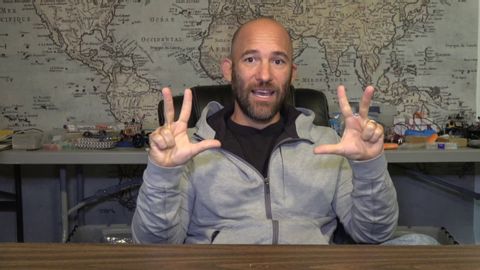
Subtitles & vocabulary
Linux - Change Permissions and Ownership for Files and Folders (chmod, chown, members, groups )
00
林宜悉 posted on 2020/03/26Save
Video vocabulary
specific
US /spɪˈsɪfɪk/
・
UK /spəˈsɪfɪk/
- Adjective
- Precise; particular; just about that thing
- Concerning one particular thing or kind of thing
A2
More properly
US /ˈprɑːpərli/
・
UK /ˈprɔpəlɪ/
- Adverb
- In an appropriate or correct manner
- In a way that is suitable or appropriate.
A2
More basically
US /ˈbesɪkəli,-kli/
・
UK /ˈbeɪsɪkli/
- Adverb
- Used before you explain something simply, clearly
- In essence; when you consider the most important aspects of something.
A2
More crap
US /kræp/
・
UK /kræp/
- Noun (Countable/Uncountable)
- Impolite way of saying something is not good; Faeces
A1
More Use Energy
Unlock All Vocabulary
Unlock pronunciation, explanations, and filters
